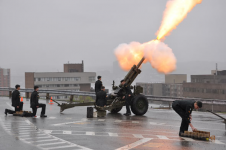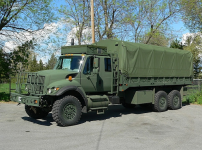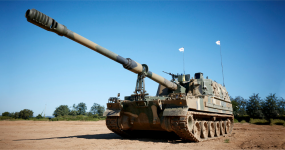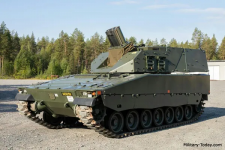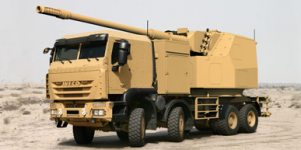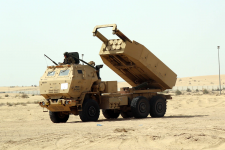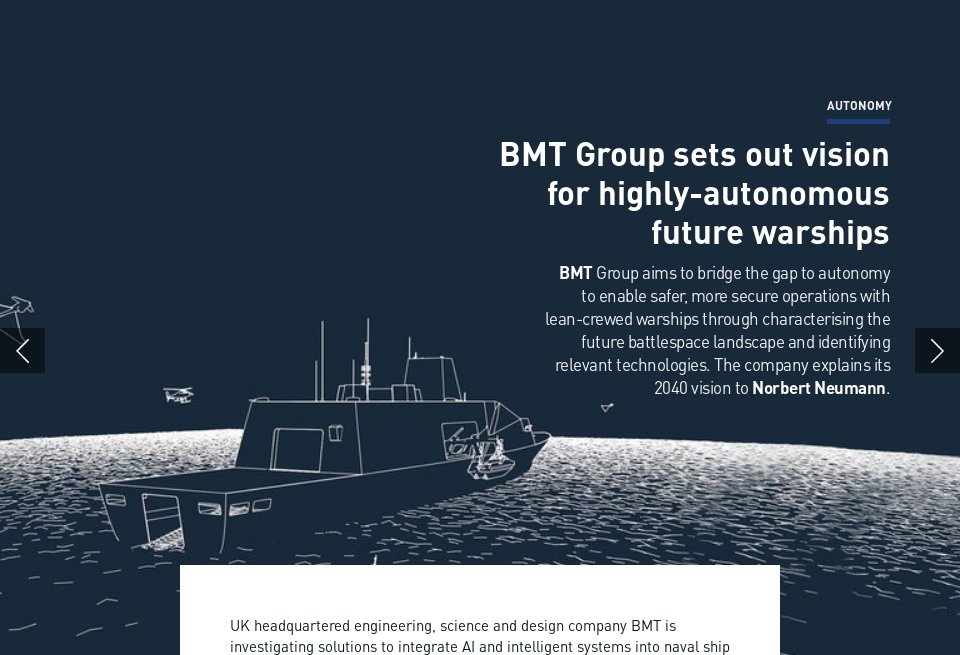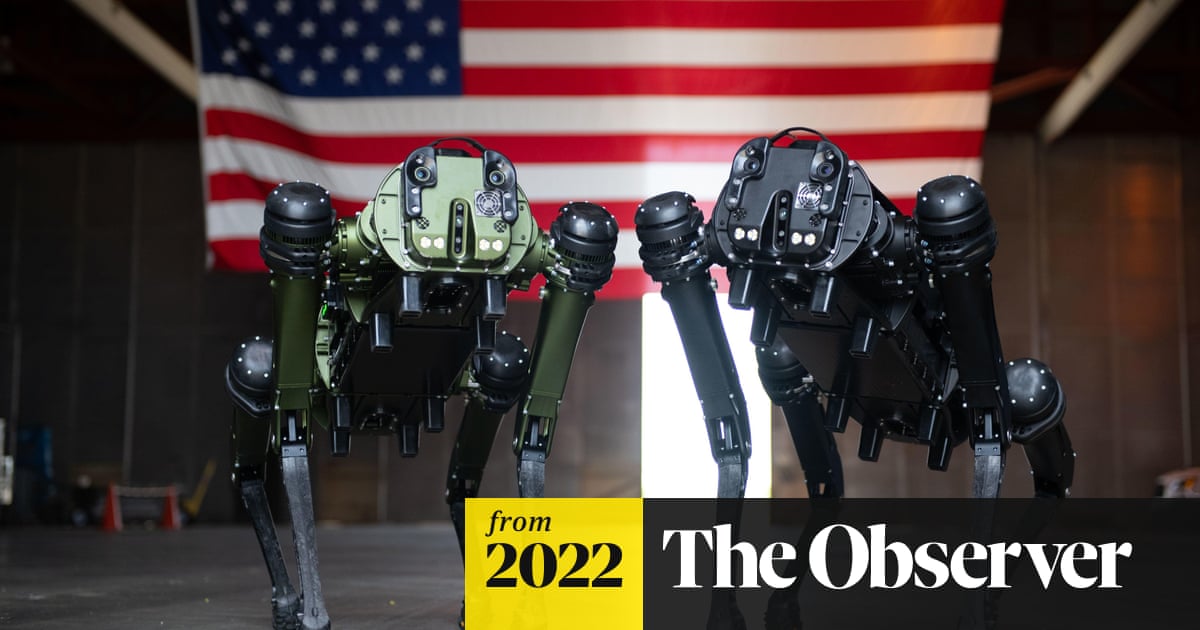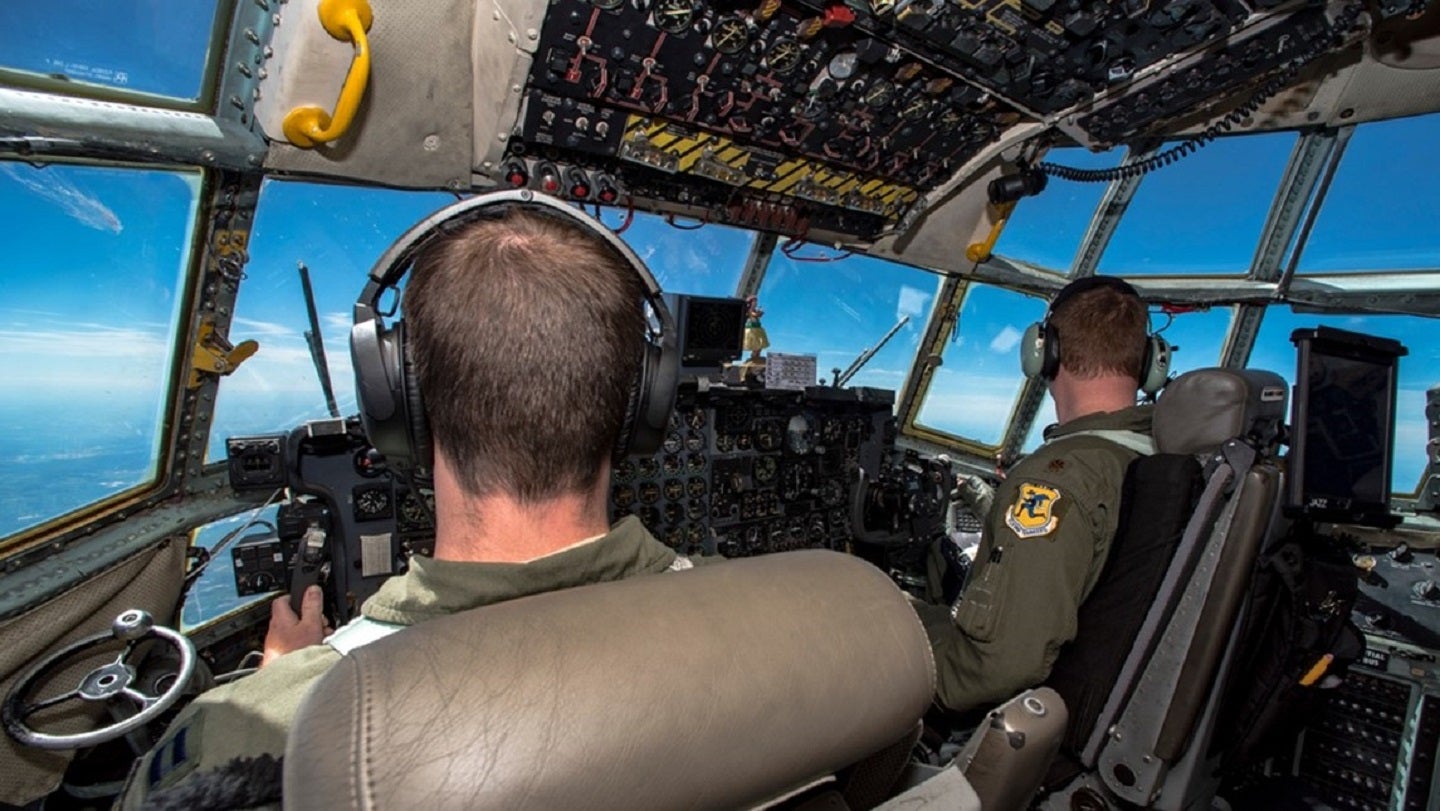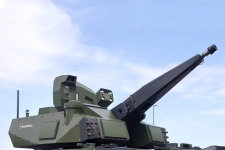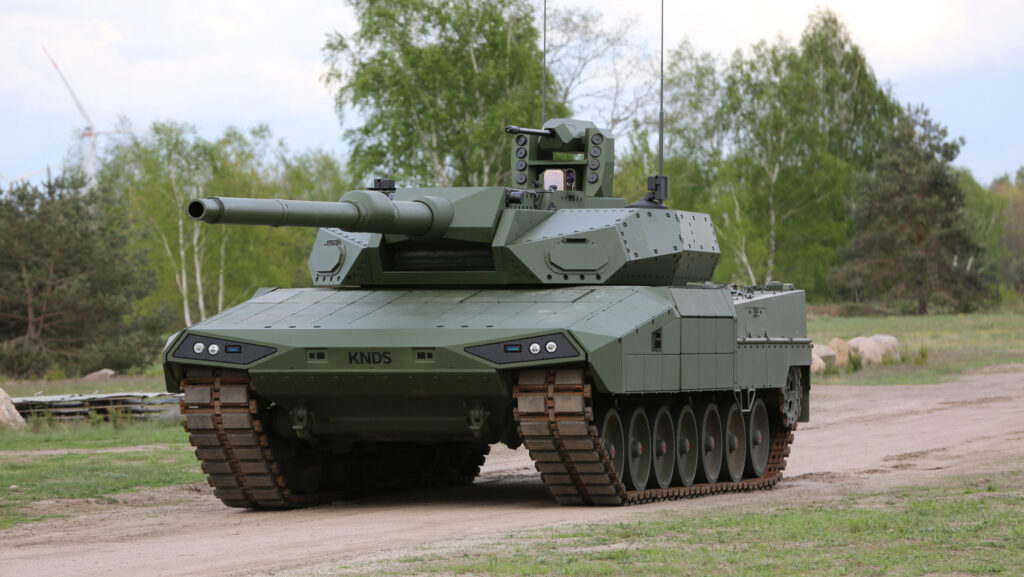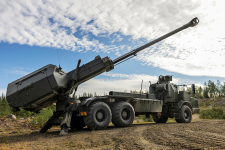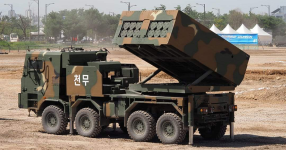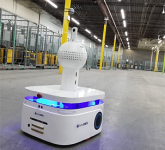- Reaction score
- 8,211
- Points
- 1,160
My day starts with RealClearDefense | Opinion, News, Analysis, Video and Polls (among other things)
Today's collection of articles included some that stood out for me.
The first one was:

 thehill.com
thehill.com
I attach a couple of additional articles that might be helpful.

 www.zdnet.com
www.zdnet.com
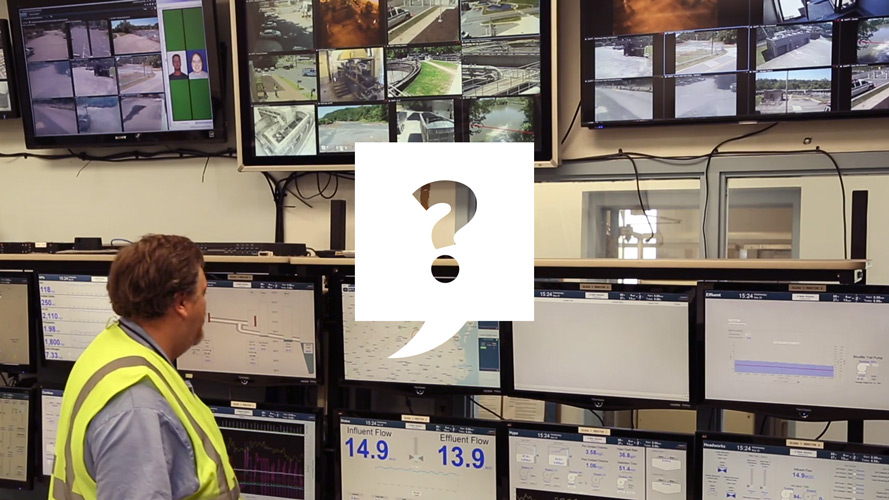
 www.inductiveautomation.com
www.inductiveautomation.com
I commissioned my first "robot" dairy back in 1982. It was a semi-automatic hybrid that combined a Programmable Logic Controller with Electro-Mechanical "Human Machine Interfaces". The PLC, or computer, was isolated from the outside world and connected within the plant by internal 24vdc wiring and Co-Ax cables. Since then I have had a love-hate relationship with the technology. While I appreciate it when it does the things I expect it to do I loathe it when unknown unknowns rear up and I absolutely detest it when intermittents start appearing. And they increase with age.
I just finished helping some youngsters commission a new system in a plant that I helped commission back in 1985. The same PLCs and E-M HMIs were still in use 36 years later. And keeping the factory Techs busy.
I have observed the replacement of co-ax with fibre-optics and wireless comms systems, the rise of Distributed Control Systems and SCADA (Supervisory Control and Data Acquisition), Intelligent Motors and Intelligent Valves and, currently the Internet of Things.
And I have been no fan of wireless comms or the Internet of Things. Precisely because I believe they are too hackable. And, frankly, the components are sufficiently byzantine as to be unreliable and hard to maintain.
So, am I surprised about Pipeline and Burger disruptions? Not as much as I would like to be. I'm more surprised by the audacity than the technology.
In the same suggested reading list were these articles:
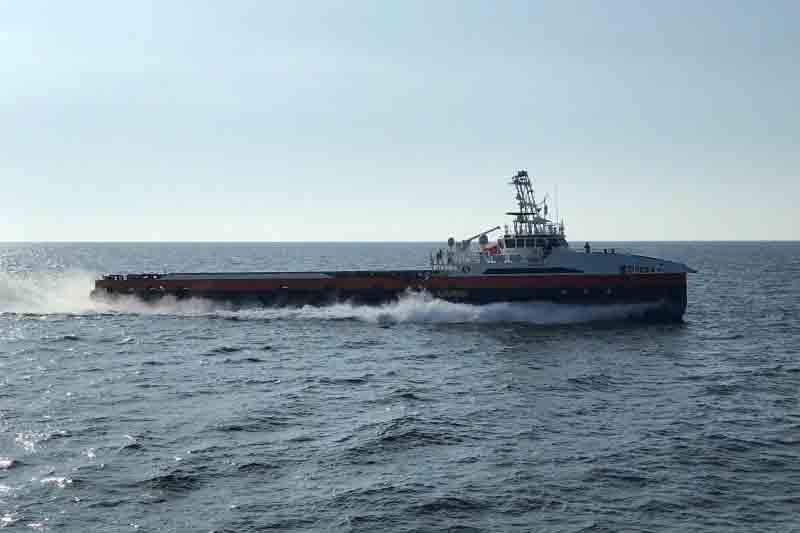
 www.upi.com
www.upi.com
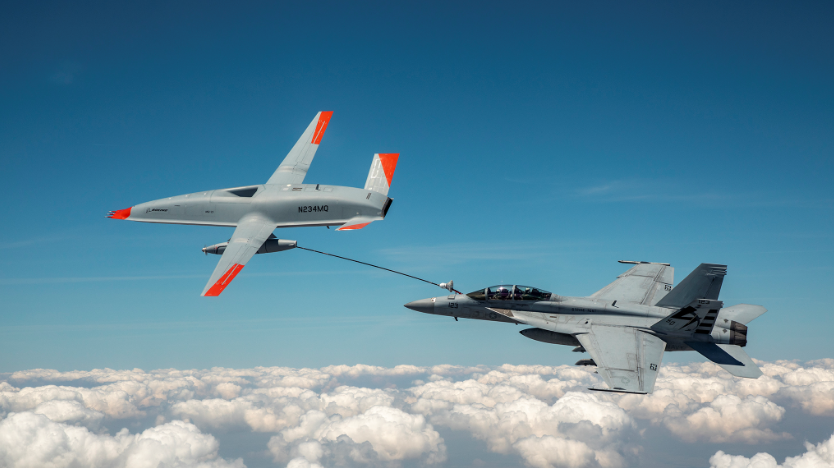
 breakingdefense.com
breakingdefense.com
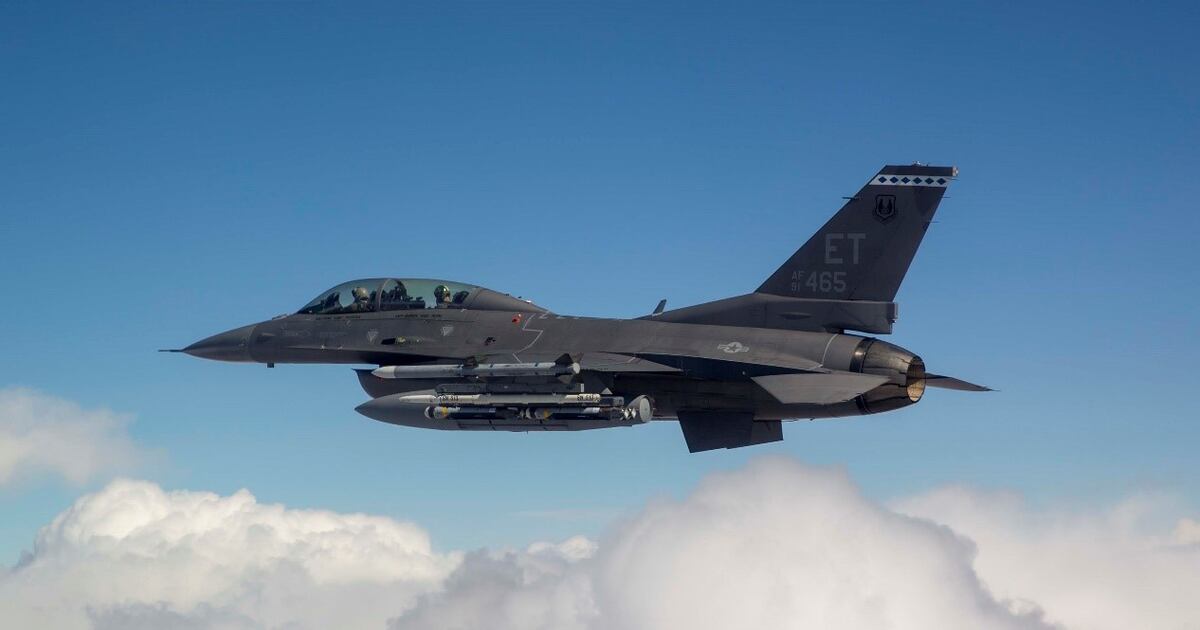
 www.defensenews.com
www.defensenews.com
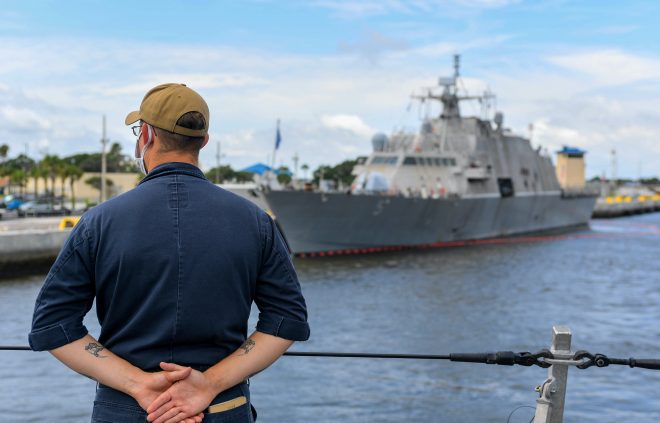
 news.usni.org
news.usni.org
The last article is included specifically because of this
The LCS has its own thread. What is interesting is that the LCS is lumped together with the Ghost Fleet USV programme, the Sea Hunter USV programme and the Marines Light Amphibious Vessel. By implication these would have connections with the Marines Littoral Regiments and their NEMESIS/ROGUE programmes as well as their Long Range Precision Strike programmes.
The technology exists to make such things possible. At time of commissioning. But they are vulnerable to wear and tear, early obsolescence and - most critically - hacking.
Based on my 40 odd years in related fields my comments are these.
You can't stop technology. These things will happen.
You will have to deal with the weaknesses. Just like we had to manage fouling gas cylinders on FNs.
In terms of managing weaknesses my expectations are
We will have fewer operators.
You must retain the man-in-the-loop as a circuit-breaker, a cut-out, with the ability to isolate his command/plant from all outside interference and be able to direct the operations personally.
You need to expect breakdowns of increasing frequency and complexity. Especially among mechanical systems. Control hardware breaks on Day 1. Mechanical hardware does fine on Day 1 and gets worse from there. Control wiring does not like vibration. Software needs constant modification as unknown unknown appears.
You will need more maintainers and/or need to replace the equipment more frequently.
In the LCS case this has meant that the fleet now needs a separate fleet of MRTs to accompany the vessels with their small crews of operators.
Personally I think that is a better idea.
I am not a fan of industrial age manning which puts an entire gaggle of people on the firing line. Personally I would as soon have as few people as possible on the firing line, but not zero, with the maintenance and support staff a bound or two to the rear and ready to rapidly RV with the firing (and sensing) elements.
That is why I argue for ships with crews of 6 and tanks and guns with crews of 1. The crew supplies the critical control cut-out. The small size means that a small amount of armour can be focused of encapsulating the crew and permitting them to survive the destruction of their weapon system and escape. It also means less wear and tear and less cost.
Today's collection of articles included some that stood out for me.
The first one was:

Ransomware attacks show we’re getting clobbered on cybersecurity
Attacks on infrastructure by criminals who aren’t deterred by diplomatic niceties changes the game.
I attach a couple of additional articles that might be helpful.

What is the IoT? Everything you need to know about the Internet of Things right now
Updated: The Internet of Things explained. What the IoT is, and where it's going next.
 www.zdnet.com
www.zdnet.com

What is SCADA? Supervisory Control and Data Acquisition
SCADA is a control system comprised of software and hardware elements that is used for efficiently managing and monitoring industrial processes.
I commissioned my first "robot" dairy back in 1982. It was a semi-automatic hybrid that combined a Programmable Logic Controller with Electro-Mechanical "Human Machine Interfaces". The PLC, or computer, was isolated from the outside world and connected within the plant by internal 24vdc wiring and Co-Ax cables. Since then I have had a love-hate relationship with the technology. While I appreciate it when it does the things I expect it to do I loathe it when unknown unknowns rear up and I absolutely detest it when intermittents start appearing. And they increase with age.
I just finished helping some youngsters commission a new system in a plant that I helped commission back in 1985. The same PLCs and E-M HMIs were still in use 36 years later. And keeping the factory Techs busy.
I have observed the replacement of co-ax with fibre-optics and wireless comms systems, the rise of Distributed Control Systems and SCADA (Supervisory Control and Data Acquisition), Intelligent Motors and Intelligent Valves and, currently the Internet of Things.
And I have been no fan of wireless comms or the Internet of Things. Precisely because I believe they are too hackable. And, frankly, the components are sufficiently byzantine as to be unreliable and hard to maintain.
So, am I surprised about Pipeline and Burger disruptions? Not as much as I would like to be. I'm more surprised by the audacity than the technology.
In the same suggested reading list were these articles:

Second Ghost Fleet Overlord USV finishes trip to Pacific - UPI.com
The U.S. Department of Defense said Monday that the Ghost Fleet Overlord program's second unmanned surface vessel recently completed its trip to the Pacific.
 www.upi.com
www.upi.com

Drone Refuels Manned Aircraft For First Time: Navy - Breaking Defense
The Navy’s MQ-25 Stingray prototype successfully refueled a Navy Super Hornet fighter in mid-air during a Friday test.

US Air Force completes tests of swarming munitions, but will they ever see battle?
The U.S. Air Force has wrapped up the first phase of its Golden Horde demonstration effort, putting the service one step closer to developing swarming smart weapons that behave semi-autonomously and use algorithms to seek high-priority targets.

Navy Taps One-Star To Drive LCS Program Improvements - USNI News
The Navy has installed a one-star admiral to oversee a task force focused on refining the employment, maintenance and reliability of the Littoral Combat Ship program, the service announced today. Rear Adm. Robert Nowakowski, the deputy commander of Navy Recruiting Command and Naval Education and...
The last article is included specifically because of this
Kitchener said the study he led fed into the new task force focus, which has four lines of effort, told reporters today. The task force seeks to incorporate all of the groups working on LCS-related work – including the director of the surface warfare division on the chief of naval operations’ staff (OPNAV N96), the director of expeditionary warfare (OPNAV N95), and the Program Executive Office for Unmanned and Small Combatants – and streamline the effort.
“Between the deployments and then some of the analysis we did during the study, we came up with a couple of things to go look at. And that was basically, A) How do we make them more reliable? B) How do we sustain them forward into the future, as we looked at sort of some expeditionary maintenance concepts? [C)] We looked at the lethality – can we make them more lethal? And then finally, [D] we looked at the force generation piece, which was really, ‘okay how do we train them and then how do we properly man them and how do we move them forward?’” Kitchener said of the effort.
The LCS has its own thread. What is interesting is that the LCS is lumped together with the Ghost Fleet USV programme, the Sea Hunter USV programme and the Marines Light Amphibious Vessel. By implication these would have connections with the Marines Littoral Regiments and their NEMESIS/ROGUE programmes as well as their Long Range Precision Strike programmes.
The technology exists to make such things possible. At time of commissioning. But they are vulnerable to wear and tear, early obsolescence and - most critically - hacking.
Based on my 40 odd years in related fields my comments are these.
You can't stop technology. These things will happen.
You will have to deal with the weaknesses. Just like we had to manage fouling gas cylinders on FNs.
In terms of managing weaknesses my expectations are
We will have fewer operators.
You must retain the man-in-the-loop as a circuit-breaker, a cut-out, with the ability to isolate his command/plant from all outside interference and be able to direct the operations personally.
You need to expect breakdowns of increasing frequency and complexity. Especially among mechanical systems. Control hardware breaks on Day 1. Mechanical hardware does fine on Day 1 and gets worse from there. Control wiring does not like vibration. Software needs constant modification as unknown unknown appears.
You will need more maintainers and/or need to replace the equipment more frequently.
In the LCS case this has meant that the fleet now needs a separate fleet of MRTs to accompany the vessels with their small crews of operators.
Personally I think that is a better idea.
I am not a fan of industrial age manning which puts an entire gaggle of people on the firing line. Personally I would as soon have as few people as possible on the firing line, but not zero, with the maintenance and support staff a bound or two to the rear and ready to rapidly RV with the firing (and sensing) elements.
That is why I argue for ships with crews of 6 and tanks and guns with crews of 1. The crew supplies the critical control cut-out. The small size means that a small amount of armour can be focused of encapsulating the crew and permitting them to survive the destruction of their weapon system and escape. It also means less wear and tear and less cost.


